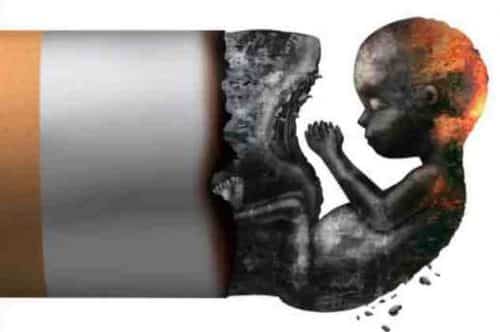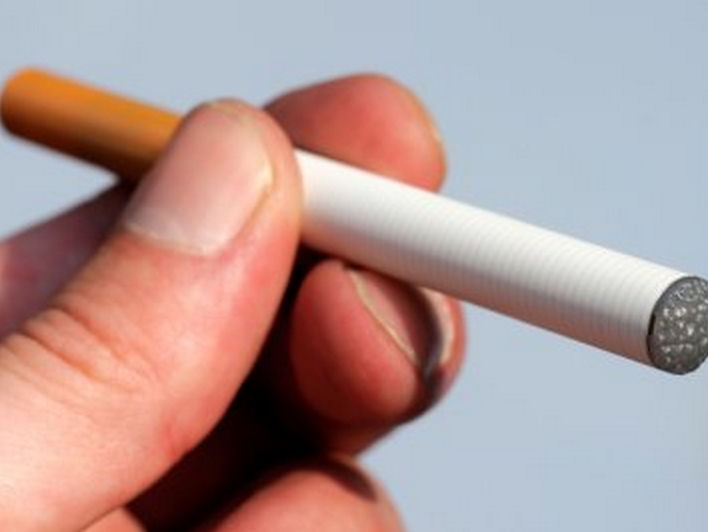SAN FRANCISCO, California-A new UCSF analysis of tobacco industry documents shows that Philip Morris USA manipulated data on the effects of additives in cigarettes, including menthol, obscuring actual toxicity levels and increasing the risk of heart, cancer and other diseases for smokers.
Tobacco industry information can’t be taken at face value, the researchers conclude. They say their work provides evidence that hundreds of additives, including menthol, should be eliminated from cigarettes on public health grounds.
The article is published in PLoS Medicinehttps://www.plosmedicine.org/article/info%3Adoi%2F10.1371%2Fjournal.pmed.1001145
In the new, independent study, the scientists reassessed data from Philip Morris’ “Project MIX,” which detailed chemical analyses of smoke and animal toxicology studies of 333 cigarette additives. Philip Morris, the nation’s largest tobacco company, published its findings in 2002.
By investigating the origins and design of Project MIX, the UCSF researchers conducted their own inquiry into the Philip Morris results. They stressed that many of the toxins in cigarette smoke substantially increased after additives were added to cigarettes.
They also found, after obtaining evidence that additives increased toxicity, that tobacco scientists adjusted the protocol for presenting their results in a way that obscured these increases.
“We discovered these post-hoc changes in analytical protocols after the industry scientists found that the additives increased cigarette toxicity by increasing the number of fine particles in the cigarette smoke that cause heart and other diseases,” said senior author Stanton A. Glantz, PhD, UCSF professor of medicine and director of the Center for Tobacco Control Research and Education at UCSF.
“When we conducted our own analysis by studying additives per cigarette – following Philip Morris’ original protocol — we found that 15 carcinogenic chemicals increased by 20 percent or more,” he said.
Additionally, in the independent study, the researchers discovered the reason behind Philip Morris’ failure to identify many toxic effects in animal studies: its studies were too small.
“The experiment was too small in terms of the number of rats analyzed to statistically detect important changes in biological effects,” Glantz said. “Philip Morris underpowered its own studies.”
The results of “Project MIX” were first published as four papers in a 2002 edition of Food and Chemical Toxicology, a journal whose editor and many members of its editorial board had financial ties to the tobacco industry. While Philip Morris was trying to get the papers published, the company scientist who led Project Mix sent an email to a colleague describing the peer review process as “an inside job.”https://legacy.library.ucsf.edu/tid/ekw86a00/pdf?search=%22inside%20job%20philip%20morris%20project%20mix%20email%22
In the new study, the researchers used documents made public as a result of litigation against the tobacco industry. The documents are available to the public through UCSF’s Legacy Tobacco Documents Library.
Co-authors of the study include Marcia Wertz, RN, PhD, of UCSF’s Department of Social and Behavioral Sciences.
A video describing the paper is available athttps://www.scivee.tv/node/37778.
The study was supported by the National Cancer Institute.
UCSF is a leading university dedicated to promoting health worldwide through advanced biomedical research, graduate-level education in the life sciences and health professions, and excellence in patient care.




